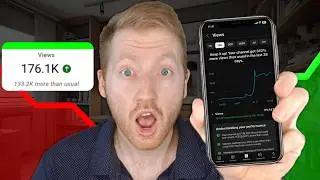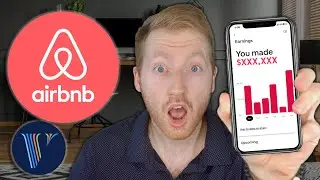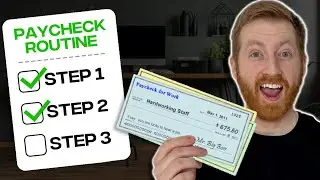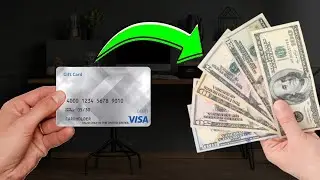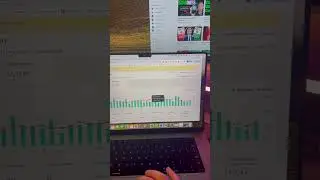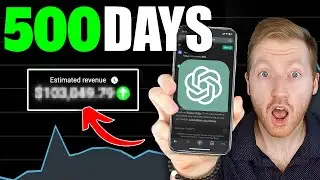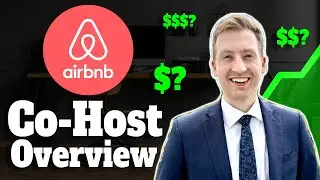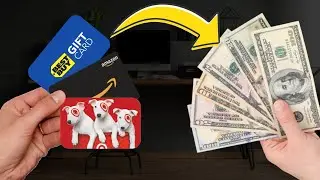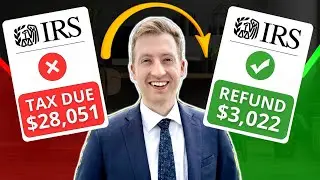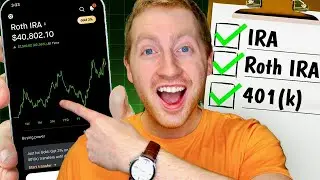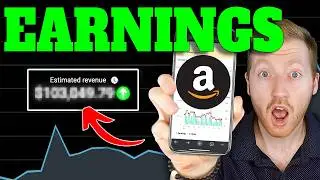Beginner’s Guide to Farmland Investing in 2025: How to Get Started
Farmland Investing for Beginners 2024 (How To Buy Land)
Billionaires are buying farmland at a rapid past, don't let them be the only one!
In this video you'll learn the three biggest ways to invest in farmland, expected returns, and some ideas you should be aware of. Buying farm land yourself, using crowd sourcing, and agriculture REITs/ETFs, which investment is best for you?
Timestamps
0:00 - Intro to Farmland Investing
0:30 - Buying Farmland
2:22 - Crowdfunding Farmland
3:58 - REITs/ETFs Farmland
5:22 - Outro to Farmland Investing
#investingforbeginners #alternativeinvestment #farming #farmbusiness #investing
Investing in farmland offers several avenues, each with its own considerations. Direct investing involves purchasing land, either to manage personally or to lease out to farmers. While this option may require significant time and effort, it can yield substantial returns over time, with the land value appreciating steadily. For instance, in Illinois, the average annual return on investment through leasing is around 2.9%, with the potential for an 85% return on the initial investment over a decade.
Alternatively, crowd funding presents a viable option for investors seeking to diversify their portfolios without the hands-on management of land. Platforms like FarmTogether and AcreTrader allow investors, especially accredited ones, to pool resources and access farmland investments with lower minimum amounts. Expected returns typically range from 2% to 9% annually, with additional appreciation of the initial investment over the investment period.
For those preferring a more liquid and easily tradable option, investing in farmland via REITs (Real Estate Investment Trusts) or ETFs (Exchange-Traded Funds) offers convenience. While REITs like Gladstone Land Corporation provide exposure to farmland assets, ETFs such as Invesco DB Agriculture Fund (DBA) offer diversification across agricultural commodities. However, the returns from these investments are generally lower compared to direct ownership or crowd funding, often ranging from 1.5% to 5% in annual dividends, and the asset appreciation tends to be modest over time.
--------------------------------------------------
Enjoyed the video? Like, comment, share, and subscribe with the 🔔 to join me on my journey to financial freedom!
Useful Links:
⚠️Subscribe - / @financialtutor
👨💻Website - https://www.financial-tutor.com/
💰Monthly Side Hustle Reports - https://www.financial-tutor.com/sideh...
🎙Podcast - https://www.financial-tutor.com/Podcast
☎️Schedule 1-on-1 Call - https://www.financial-tutor.com/1-on-...
🏆YouTube Membership - / @financialtutor
Social Links:
📲Tiktok - https://www.financial-tutor.com/TikTok
📸Instagram - https://www.financial-tutor.com/Insta...
📬Contact us - https://www.financial-tutor.com/more
Exclusive deals for watching Kevin - Financial Tutor
💻Shopify - https://www.financial-tutor.com/Shopify
🏡Airbnb Host - https://www.financial-tutor.com/Airbnb
📝Fiverr - https://www.financial-tutor.com/Fiver...
🌰Acorns (investing app) - https://www.financial-tutor.com/Acorns
🐮MooMoo (investing app) - https://www.financial-tutor.com/MooMoo
🤖Pionex (crypto bot app) - https://www.financial-tutor.com/Pionex
👨⚖️Disclaimers:
Some links are affiliate links, meaning I earn a commission at no extra cost to you—helping fund more videos and keeping the channel alive (affiliate links are basically the unsung heroes of this channel)!
I’m not a financial advisor. This video is for entertainment only and not financial advice. You are solely responsible for your financial decisions. https://www.financial-tutor.com/more
![MOH - FREESTYLE (DISS TRACK) [REACTION!!!] 🔥🔥F Cibla🔥🔥 🇩🇿❤️🇲🇦](https://images.mixrolikus.cc/video/DXMuAojhHwQ)








